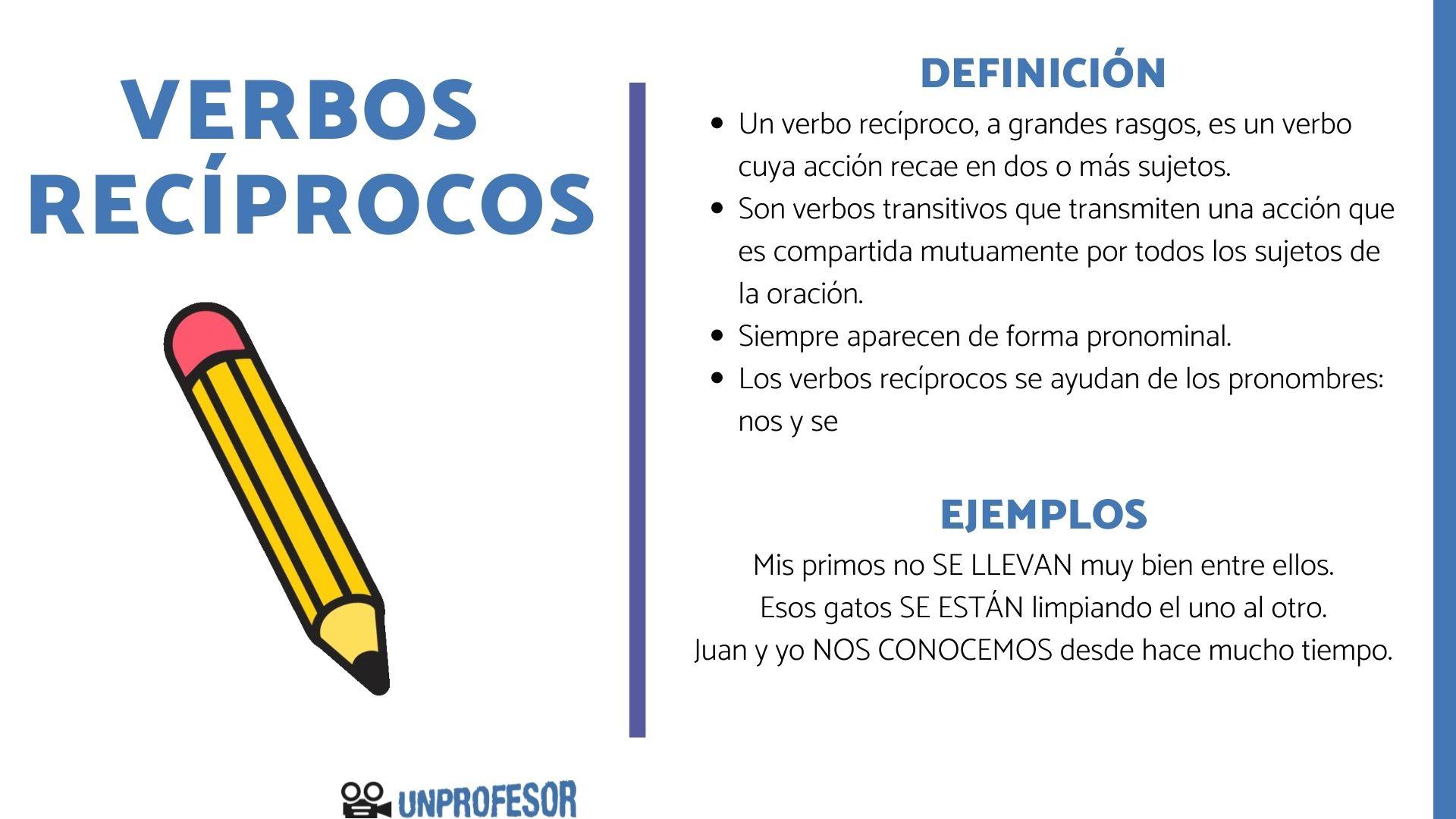Need a clear explanation of “que es reciproco”? It means “what is reciprocal” in Spanish, referring to something mutual or exchanged. Think of it as a two-way street: action A leads to action B, and action B responds to action A in a similar manner. This concept applies across many areas, from mathematics to human relationships.
In mathematics, reciprocal describes the number you multiply a given number by to get 1. For example, the reciprocal of 2 is 0.5 (because 2 x 0.5 = 1). This is a straightforward, fundamental concept.
Beyond numbers, reciprocity is a cornerstone of strong relationships. It signifies balanced giving and receiving, creating mutual respect and understanding. This involves genuine empathy and a willingness to contribute equally to the dynamic. Expecting reciprocity doesn’t mean demanding an identical exchange, but rather a fair and mutually beneficial interaction.
- What is Reciprocal? A Detailed Explanation
- Reciprocals in Different Contexts
- Defining Reciprocal: The Basic Concept
- Calculating the Reciprocal of a Number
- Working with Fractions
- Negative Numbers
- Reciprocals of Fractions: A Step-by-Step Guide
- Reciprocals and Multiplication
- Working with Mixed Numbers
- Practice Makes Perfect
- Solutions
- Reciprocals of Decimals: Practical Examples
- Example 1: Photography
- Example 2: Electrical Engineering
- Reciprocals in Algebra: Solving Equations
- Reciprocals in Geometry: Applications in Angles and Trigonometry
- Reciprocals in Real-World Applications: Everyday Examples
- The Reciprocal of Zero: Understanding the Undefined
- Why is it undefined?
- Implications for Calculations
What is Reciprocal? A Detailed Explanation
The reciprocal of a number is simply 1 divided by that number. For example, the reciprocal of 5 is 1/5 or 0.2. The reciprocal of 2/3 is 3/2 or 1.5. Notice that multiplying a number by its reciprocal always equals 1 (5 x 1/5 = 1).
Reciprocals in Different Contexts
This concept extends beyond simple numbers. In algebra, you’ll find reciprocals used extensively. For instance, the reciprocal of a variable like ‘x’ is 1/x. This becomes incredibly useful when simplifying fractions or solving equations involving fractions. Understanding reciprocals is key to mastering algebraic manipulations.
Beyond algebra, reciprocals appear in various mathematical fields. Trigonometry uses reciprocals to define functions like cosecant (csc x = 1/sin x), secant (sec x = 1/cos x), and cotangent (cot x = 1/tan x). These functions are fundamental to describing angles and relationships in triangles.
Remember: zero has no reciprocal, as division by zero is undefined. This is a crucial point to keep in mind when working with reciprocals.
Defining Reciprocal: The Basic Concept
A reciprocal is simply one divided by a number. For example, the reciprocal of 5 is 1/5, or 0.2. The reciprocal of 2/3 is 3/2, or 1.5.
Multiplying a number by its reciprocal always results in 1. This property is fundamental in algebra and many other mathematical fields. This means 5 x (1/5) = 1 and (2/3) x (3/2) = 1.
Finding the reciprocal of a fraction involves swapping the numerator and the denominator. For instance, the reciprocal of 7/8 is 8/7.
The reciprocal of a whole number can be expressed as a fraction with 1 as the numerator and the whole number as the denominator. The reciprocal of 10 is 1/10.
Reciprocals are incredibly useful for solving equations, simplifying expressions, and understanding relationships between numbers. Mastering this concept provides a strong foundation for further mathematical study.
Calculating the Reciprocal of a Number
To find a number’s reciprocal, simply divide 1 by that number. For example, the reciprocal of 5 is 1/5, or 0.2. The reciprocal of 0.5 is 2.
Working with Fractions
If you’re dealing with fractions, calculating the reciprocal is straightforward. Flip the fraction; the numerator becomes the denominator, and vice versa. The reciprocal of 2/3 is 3/2, or 1.5. Remember, the reciprocal of 1 is 1.
Negative Numbers
The reciprocal of a negative number is also negative. The reciprocal of -4 is -1/4, or -0.25.
Reciprocals of Fractions: A Step-by-Step Guide
To find the reciprocal of a fraction, simply flip it! Switch the numerator and the denominator.
For example, the reciprocal of 2/3 is 3/2. The reciprocal of 5/1 is 1/5. Notice that any whole number can be written as a fraction over 1.
Reciprocals and Multiplication
Reciprocals are incredibly useful because when you multiply a fraction by its reciprocal, you get 1. This is a fundamental property.
For instance, (2/3) * (3/2) = 6/6 = 1. This is always true – multiplying any number by its reciprocal yields one.
Working with Mixed Numbers
If you have a mixed number, convert it to an improper fraction first, then flip it to find the reciprocal.
Let’s say you want the reciprocal of 1 1/2. First, convert 1 1/2 to an improper fraction: (1*2 + 1)/2 = 3/2. Then flip it; the reciprocal is 2/3.
| Fraction | Reciprocal |
|---|---|
| 1/4 | 4/1 or 4 |
| 3/7 | 7/3 |
| 5/1 | 1/5 |
| 2 1/3 | 3/7 |
Practice Makes Perfect
Try finding the reciprocals of these fractions: 4/9, 11/5, 3, and 2 2/5. The solutions are below. Remember, to get the reciprocal you simply invert the fraction.
Solutions
4/9: 9/4; 11/5: 5/11; 3: 1/3; 2 2/5: 5/12
Reciprocals of Decimals: Practical Examples
To find the reciprocal of a decimal, first convert it to a fraction. For example, the reciprocal of 0.25 (or 1/4) is 4/1, or simply 4. This is useful for calculations involving proportions and ratios.
Example 1: Photography
Suppose you’re using a camera with an aperture setting of f/2.8. The reciprocal, 1/2.8 ≈ 0.36, represents the size of the opening relative to the focal length. A larger opening (smaller denominator, like f/2) gives a larger reciprocal, indicating more light reaches the sensor.
Example 2: Electrical Engineering
Ohm’s Law states V = IR (Voltage = Current x Resistance). If you know the voltage (V) and resistance (R), finding the reciprocal of R (1/R) helps calculate the current (I) directly: I = V × (1/R). For instance, with a voltage of 12V and a resistance of 0.5 ohms, the reciprocal of 0.5 is 2, making the current 24 amps.
Understanding reciprocals of decimals simplifies various calculations across different fields, enhancing speed and accuracy. Practice converts theory into practical application.
Reciprocals in Algebra: Solving Equations
Multiply both sides of the equation by the reciprocal to isolate the variable.
For example, solve for x in the equation ⅓x = 6:
- Identify the reciprocal of ⅓. It’s 3.
- Multiply both sides by 3: 3 * (⅓x) = 6 * 3
- Simplify: x = 18
Let’s tackle another example: Solve for y in the equation y/5 = -2.
- Rewrite the equation as ⅕y = -2. The reciprocal of ⅕ is 5.
- Multiply both sides by 5: 5 * (⅕y) = -2 * 5
- Simplify: y = -10
Here’s how reciprocals help with more complex equations:
- Equations with fractions: Reciprocals quickly clear fractions, making calculations easier.
- Solving for variables in denominators: If a variable is in the denominator, using reciprocals is a direct route to solving for it. Consider the equation 4/z = 2. Multiplying both sides by z, then by ½, you solve for z = 2.
- Proportions: Solving proportions often involves cross-multiplication, which is essentially using reciprocals in a strategic way. For instance, to solve a/b = c/d, you can multiply both sides by b and then by d, essentially using reciprocals implicitly.
Remember, the reciprocal of a number is simply 1 divided by that number. Practice makes perfect, so work through several problems to solidify your understanding.
Reciprocals in Geometry: Applications in Angles and Trigonometry
Use reciprocals to quickly find complementary and supplementary angles. If you know one acute angle in a right-angled triangle, the reciprocal of its tangent gives you the cotangent of the other acute angle. This saves calculation time.
Reciprocals simplify trigonometric calculations. The cosecant (csc), secant (sec), and cotangent (cot) functions are reciprocals of sine (sin), cosine (cos), and tangent (tan), respectively. Mastering these relationships streamlines solving trigonometric equations and finding unknown sides or angles in triangles.
In coordinate geometry, the reciprocal of a slope provides the slope of a perpendicular line. This is invaluable when constructing perpendicular bisectors or finding equations of lines that intersect at right angles.
Consider the unit circle. The reciprocal of the x-coordinate (cosine) gives the secant, and the reciprocal of the y-coordinate (sine) yields the cosecant. Understanding this relationship enhances your visual understanding of trigonometric functions.
Remember, applying reciprocals directly avoids extra steps. For instance, instead of calculating the tangent and then finding its reciprocal for the cotangent, calculate the cotangent directly using its definition if it’s more convenient.
Reciprocals in Real-World Applications: Everyday Examples
Reciprocals show up more often than you think! Let’s explore some practical applications.
- Cooking: Doubling a recipe? You multiply ingredient amounts by 2. Halving it? You multiply by 1/2 (the reciprocal of 2). This applies to any scaling factor.
- Travel: Calculating travel time. If you travel 60 miles per hour, the reciprocal (1/60 hours/mile) helps determine how many hours each mile takes.
- Finance: Finding unit cost. If 5 apples cost $2, the unit cost is $2 / 5 apples = $0.40/apple (2 is multiplied by the reciprocal of 5).
- Photography: Aperture settings in photography use f-stops which are reciprocals. For example, an f/2 setting lets in twice as much light as an f/4 setting (because 1/2 is double 1/4).
- Gears: Gear ratios rely on reciprocals. A gear with 20 teeth meshes with one with 10 teeth: The reciprocal of the ratio (20/10 = 2) determines the speed difference. The smaller gear rotates twice as fast.
Understanding reciprocals simplifies many calculations and gives you a deeper grasp of ratios and proportions in everyday situations.
- Try it! Think about other areas where reciprocals might be useful.
- Challenge yourself! Can you find examples where reciprocals help solve practical problems in your daily life?
The Reciprocal of Zero: Understanding the Undefined
The reciprocal of zero is undefined. This isn’t a matter of not yet finding the answer; it’s a fundamental mathematical property.
Why is it undefined?
The reciprocal of a number is simply 1 divided by that number. If you attempt to calculate 1/0, you encounter a problem: no number, when multiplied by zero, equals one. Division by zero breaks the rules of arithmetic. Think of it like this: division represents splitting something into equal parts. You cannot split something into zero parts. It’s a meaningless operation.
Implications for Calculations
Encountering division by zero in a calculation typically signals an error. Your calculator or software will likely display an error message. Identifying and correcting the source of the division-by-zero error is crucial for obtaining accurate results. Careful examination of your formulas or algorithms is necessary to prevent this from happening.










